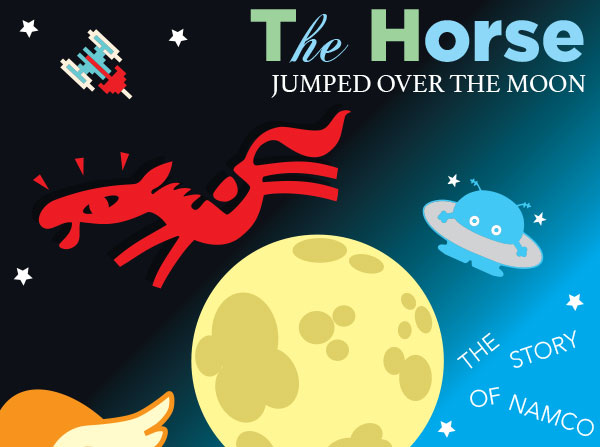
In the previous blog I talked about how Masaya Nakamura the founder, and president of Namco had a vision for the future of entertainment. He saw an entirely new industry forming around giving people peace of mind; everything from insurance, restaurants, arcade, and theme parks fit into this category. He called this rising sector “Emotional Services.” He understood the shift from manual labor to information labor was changing the way people approached their leisure time. There would be a greater emphasis on the diversity, quality, and types of play with this shift. He wanted Namco not only to be ahead of it, but to steer the rise in that industry. He did this in part by fighting to protect his IP. Before Mr. Nakamura it was generally accepted that the most popular arcade games would get pirated. Companies accepted that these cheap copies would cut into their bottom line, a so-called "fame tax." Despite push back from domestic manufacturers Mr. Nakamura fought the pirates in court, and won. He took the idea of play seriously. He was the main reason why video games enjoyed copyright protection in Japan.
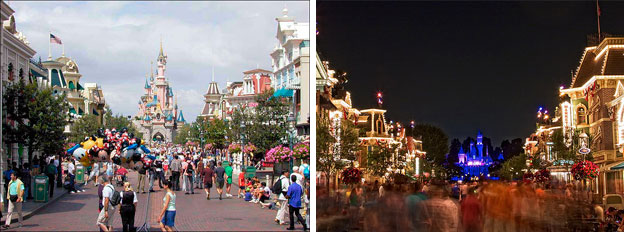
To quote the interview from journalist Kazuhisa Maeno on Mr. Nakamura “…Nakamura's attitude of making "play" a source of business is unique. But Namco's president maintains that this, too, is in keeping with the coming new age. In an information-oriented society, people will enjoy greater leisure time thanks to the extensive use of computers. How to enjoy this time fruitfully will become an important question to the Japanese. Namco's corporate slogan was drafted in the anticipation that "play" will become an important part of the Japanese people's life-style.”
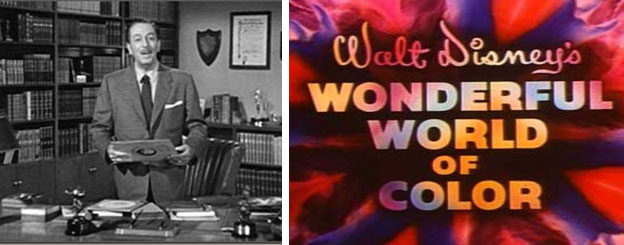
In order to accomplish his goals Mr. Nakamura needed to fill his company with creatives, rather than business people. In this regard he reminded me very much of Walt Disney. Walt was successful in entertainment because he was constantly creating what was possible, rather than chasing what was established. Disney’s advances in animation, live action television, and film, as well as theme parks was unrivaled. Walt did not necessarily have business in mind. He knew that the market would build itself because he was creating entertainment that people needed, even if they didn’t know it yet. In order to develop that magic he filled his studio with some of the most creative minds around. Moreover he could wrangle contrasting personalities such as the famous Nine Old Men: Les Clark, Marc Davis, Ollie Johnston, Milt Kahl, Ward Kimball, Eric Larson, John Lounsbery, Woolie Reitherman, and Frank Thomas. Walt was able to get these creative geniuses to create masterpieces in art, animation, and especially theme parks. People that didn’t necessarily get along were put on assignments together because moments of unbridled creativity would spark from their tension.
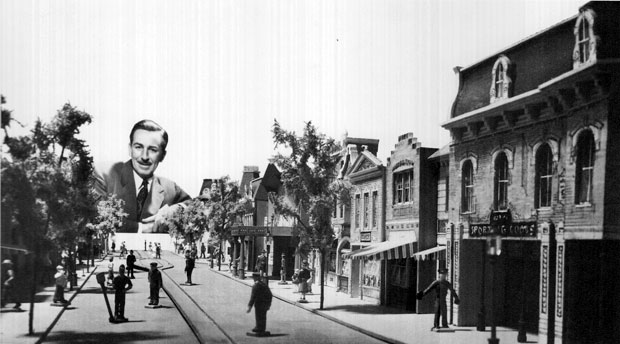
Another sort of leader that was able to get different talents to work together was Steve Jobs. He changed the world of personal computing, hiring (or exploiting depending on who you asked) brilliant minds to help change culture. Some of these brilliant minds thought they were just building better computers. I would argue that Masaya Nakamura, the founder of Namco was the closest thing to Walt in the gaming industry. Again to quote Mr. Maeno “Namco employees, the creators of this new "play," are individualists with strong personalities. Indeed they were hired for their unique, individualistic thinking. "Never mind if you have lots of C grades," reads the copy of Namco's campus recruitment ads. Most companies try to hire students with excellent scholastic records, but Namco is different. Namco does not want stereotyped honor students. It wants young men with unique ideas. Nakamura believes that technical innovations will create market after market, and that enterprises must have employees with diversified talents and capabilities to respond nimbly to future change.”
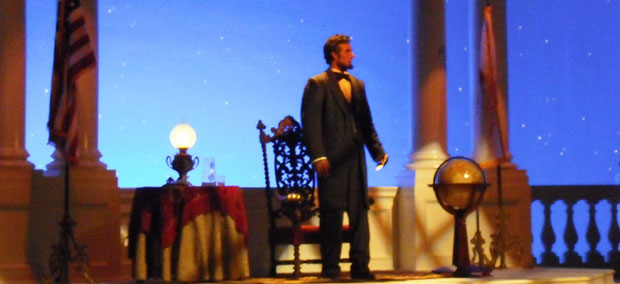
The first few decades at Namco was very exploratory. In a way it was very much like Disney post WWII. Namco was trying their hand at many different things. Starting with their mechanical horses, and other kiddie rides on the roofs of department stores in Japan in the ’50s, and ’60s. Then expanding into electromechanical, video games, and other ventures through the '70s, and '80s. Namco didn't have the luxury of a weekly television series like the
Wonderful World of Color where Uncle Nakamura would address the audience. As they were breaking new ground in the '80s, and '90s Namco engaged with the community through their various magazines. They would preview new projects, offer some gaming strategy, share interviews with developers, and even Mr. Nakamura himself. The '80s were the early days of the home console-era. Atari, Namco, Nintendo, and Sega each had their own magazines created in house. Namco was no different. They went from the flyer-sized Namcot News, to the newsletter NG (Namco Graffiti), and finally full blown magazines NOURS, and B-NOURS after they merged with Bandai.
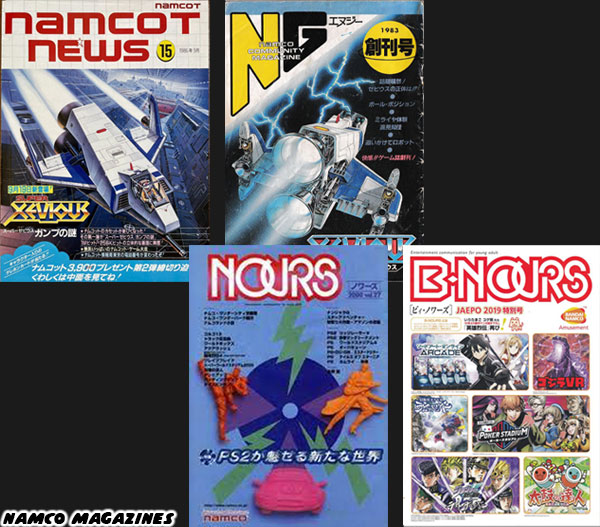
Namco often talked about their business strategy, how to land a job, and how the company grew in their various magazines. It was no secret that they allowed experimentation with their teams. One of their ventures was getting into robotics. Not necessarily for manufacturing, but for entertainment. Several of their robots were groundbreaking; being programmable, having audio outputs, solving mazes, or even featuring remote controls. In their time only Tomy was able to crank out equally impressive consumer robots. Two of the Namco robots; Nyamuko, and Mappy, would eventually be turned into characters for the arcade hit Mappy.
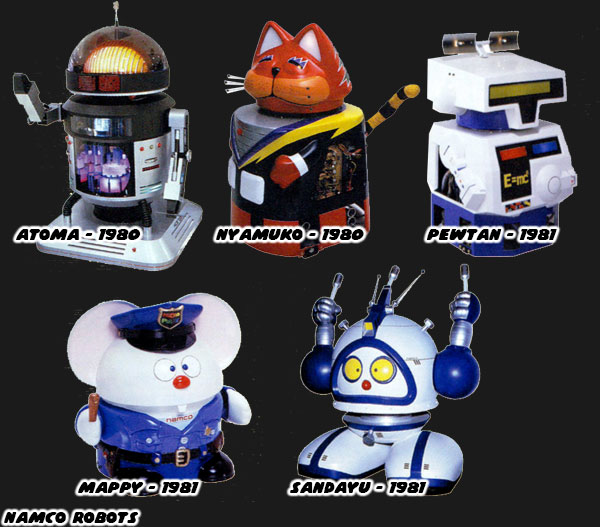
Namco would get a chance to stand out among their peers during the 1985 International Science Technology Exposition. It was a world's fair held in Tsukuba, Ibaraki. Tsukuba Science City, was a planned city focused on technology north of Tokyo. Think of it like Walt Disney’s original vision for E.P.C.O.T. Center. It ran from March 17 to September 16. The theme of the fair was "Dwellings and surroundings – Science and Technology for Man at Home." Over 20 million people attended, and 48 countries participated, along with the biggest companies in Japan. Expo ’85 featured a number of unique pavilions, including Sony debuting what we would refer to as the Jumbotron. There and a massive 279-foot Ferris wheel called the Technocosmos which featured solar panels on each car that ran the air conditioning. The mascot for the expo was Cosmo Hoshimaru. It was designed by a student in a design competition. It could be seen as an anthropomorphic planet with rings, or an alien wearing a spaceship belt.
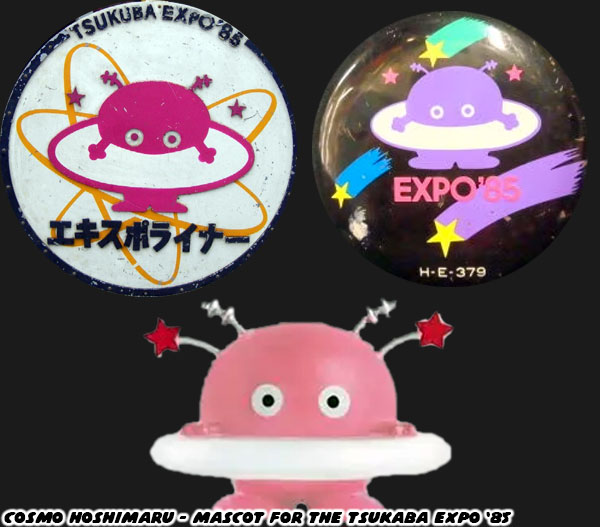
As one of the leading producers of entertainment products in Japan Namco wanted to have a major presence at the fair. They would do so with the aid of a tiny mascot. In the next blog we will talk about the robots that helped shape the future of the company. As always if you would like to sponsor me
please visit my Patreon page and consider donating each month, even as little as $1 would help make better blogs and even podcasts!
Wonder Eggs, and Egg Empire research collected from: Wonder Eggs Guide Map, Namco Graffiti magazine, the book “All About Namco II", NOURS magazine, The Namco Museum, Namco Wiki, Ge-Yume Area 51 Shigeki Toyama Collection, mcSister magazine, first person attraction details from Yoshiki. Event details from Hole in the Socks
















No comments:
Post a Comment